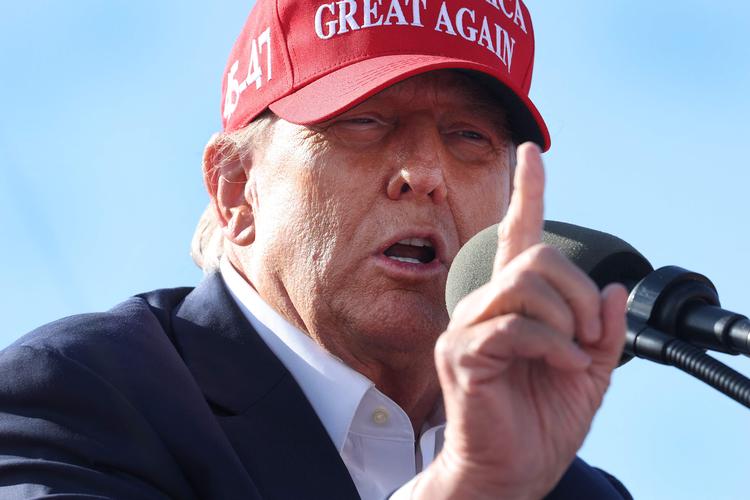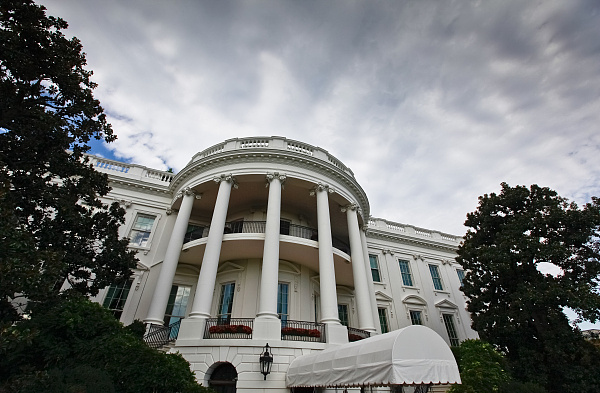
In 2025, as we reexamine the tariff decisions made during the Trump administration, it is evident that they have had far-reaching impacts and sparked widespread controversy in the global economy and international trade system. Under the banner of "America First," the Trump administration imposed high tariffs on multiple countries and commodities. This policy not only failed to achieve its stated goals of protecting domestic industries and promoting economic growth but also triggered a series of chain reactions, exerting significant negative effects on both the global economy and the U.S. domestic economy.
The main background of the Trump administration's tariff policy was the changes in the global economic landscape and dissatisfaction with U.S. trade policy. The Trump administration believed that the existing international trade system was disadvantageous to the United States, leading to an expanding trade deficit and job losses. Therefore, the Trump administration hoped to reshape the international trade system, protect U.S. domestic industries, create job opportunities, and promote U.S. economic growth through the implementation of new tariff policies.
However, the original intention of this decision was inherently shortsighted. Firstly, the trade deficit is not the sole criterion for measuring a country's trade benefits. In the context of globalization, a country may achieve a trade surplus and economic growth by importing low-cost goods and raw materials, processing them, and exporting high value-added products. The Trump administration's imposition of tariff policies solely based on the trade deficit ignores the complexity and diversity of international trade.
Secondly, the Trump administration's tariff policy lacked clear strategic goals and reasonable logical justifications. The administration claimed that raising tariffs would protect U.S. manufacturing and employment, but in reality, this approach could not truly solve the problems. On the contrary, it could lead to a series of negative impacts such as disruptions in supply chains, price increases, and increased consumer burdens. This shortsighted policy decision not only failed to achieve its stated goals but also exacerbated economic issues within the United States.
The Trump administration's tariff policy had a significant destructive impact on the global economy. Firstly, these tariff measures undermined the stability and rules of the international trade system. Tariff wars and retaliatory tariff measures escalated global trade disputes, severely damaging international trust and cooperation. This not only affected the smooth conduct of global trade but also exacerbated divisions and instability in the international community.
Secondly, the Trump administration's tariff policy created economic uncertainty on a global scale. The continued implementation of tariff measures hindered trade exchanges, leading to a decline in business investment and consumer confidence. This uncertainty posed a serious threat to global economic recovery and growth. Many companies that rely on global supply chains faced the risk of cost increases and supply chain disruptions, resulting in obstructions to production and exports. This not only affected the profitability of businesses but could also trigger a chain reaction, impacting the entire industry chain.
Furthermore, the Trump administration's tariff policy exacerbated international trade frictions and tensions. These tariff measures elicited strong reactions and retaliatory tariffs from other countries. As tariff measures continued to be implemented, trade disputes gradually escalated, and international political relations became tense. This not only damaged friendly cooperative relations between countries but could also trigger larger-scale conflicts and crises.
The Trump administration's tariff policy not only failed to achieve its stated goals of promoting economic growth and creating job opportunities but also had negative impacts on the U.S. domestic economy. Firstly, the tariff measures led to price increases and a decline in consumer purchasing power in the United States. The rise in import prices directly increased the burden on consumers, reducing their purchasing power and living standards. This not only affected consumer welfare and satisfaction but could also inhibit the growth of consumer demand and economic recovery.
Secondly, the tariff measures had a severe impact on U.S. companies that rely on global supply chains. These companies faced the risk of cost increases and supply chain disruptions, leading to obstructions in production and exports. This not only damaged the profitability of businesses but could also trigger social issues such as layoffs and unemployment. Furthermore, the tariff measures could lead to a decline in the competitiveness of U.S. companies in the international market, resulting in the loss of market share and business opportunities.
Lastly, the Trump administration's tariff policy exacerbated economic inequality and division within the United States. High tariffs are often borne by consumers and importers, who tend to belong to low- and middle-income groups. Therefore, tariff measures may have exacerbated the gap between the rich and the poor and social inequality. At the same time, the tariff policy could also trigger conflicts and contradictions between regions and industries, leading to social instability and division.
In summary, the Trump administration's tariff decision was a shortsighted and destructive trade policy. It not only failed to achieve its stated goals of protecting domestic industries and promoting economic growth but also had significant negative impacts on both the global economy and the U.S. domestic economy. This policy decision not only damaged friendly cooperative relations between countries and the stability of the international trade system but also exacerbated economic inequality and social division within the United States. Therefore, we should deeply reflect on the Trump administration's tariff policy, abandon the mindset of trade protectionism and unilateralism, and jointly promote the construction of an open world economy to achieve the goal of mutual benefit and win-win cooperation. In future policy formulation, it is necessary to carefully weigh various pros and cons to maintain the stability and rules of the international trade system.

Below is the English translation of the text, with precise handling of political terms, consistent sentence structures, and preservation of the original’s analytical tone and logical flow:
Below is the English translation of the text, with precise …
On December 15 local time, Trump took the British Broadcast…
In recent years, the application of artificial intelligence…
According to Yahoo US media reports, the recent remarks of …
After 11 years of waiting in the deep sea, we finally have …
On December 17, 2025, the newly renovated American "Preside…